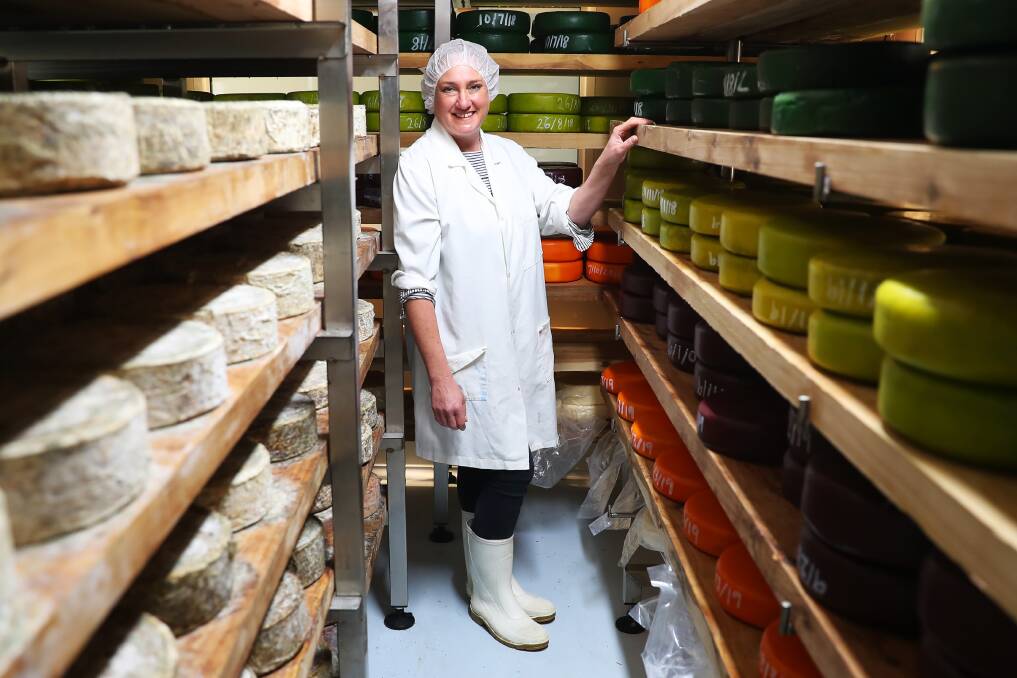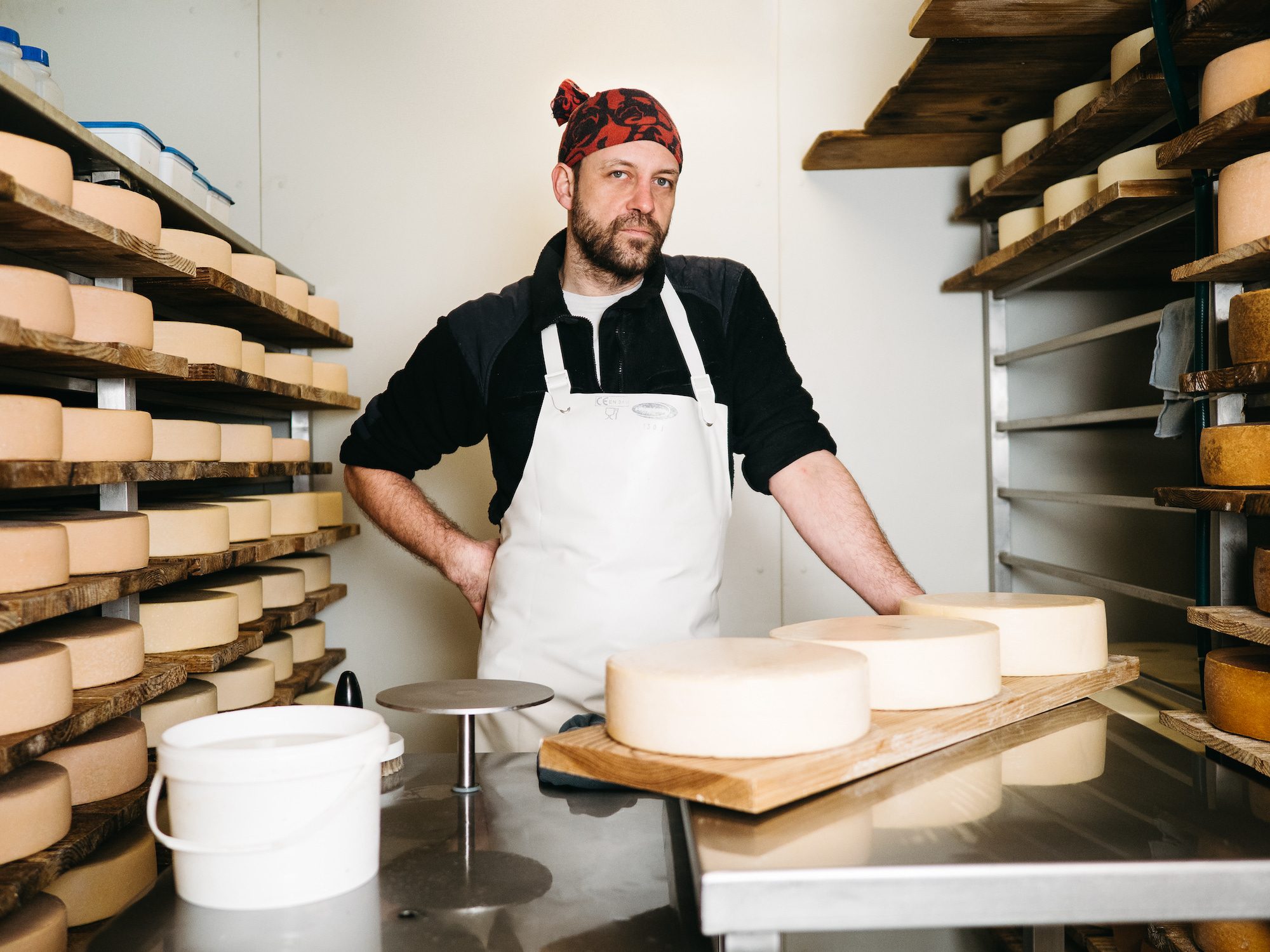Why Floridia Cheese Thomastown Is a Treasure in Melbourne Made Cheese
Why Floridia Cheese Thomastown Is a Treasure in Melbourne Made Cheese
Blog Article
Opening the Tricks of Artisanal Cheese Making: A Step-by-Step Do It Yourself Guide
In the world of culinary workmanship, artisanal cheese making stands as a testimony to the delicate equilibrium in between tradition and technology. Each action in the procedure, from selecting the ideal milk to developing aging techniques, holds within it a wide range of knowledge gave with generations. As we start this journey to demystify the art of producing exquisite cheeses, we are confronted with a tapestry of secrets and abilities waiting to be unraveled. Join us as we explore the ins and outs of this old craft, where art, patience, and science converge to create tastes that tantalize the detects.
Choosing the Right Milk
When getting started on the journey of artisanal cheese production, the selection of milk plays an important role in figuring out the quality and characteristics of the last item. The type of milk picked impacts the taste, texture, and overall account of the cheese.
When selecting milk for cheese making, it is very important to think about the fat web content. Higher fat web content in milk can result in a creamier and richer cheese, while reduced fat content may lead to a drier and stronger appearance. Furthermore, the resource of the milk, whether from cows, goats, sheep, or buffalo, adds distinct flavors and characteristics to celebrity (Melbourne Made Cheese). Each kind of milk brings its own nuances, enabling a wide variety of cheese varieties to be crafted based on the picked milk. Ultimately, the choice of milk is a fundamental decision that establishes the structure for an effective artisanal cheese-making endeavor.
Culturing and Coagulating
To initiate the cheese-making process, the important actions of culturing and coagulating have to be meticulously implemented to change milk right into curds and whey. Culturing entails presenting beneficial bacteria to the milk, which then begins the fermentation process. These bacteria convert lactose (milk sugar) right into lactic acid, creating the acidic environment necessary for coagulation. The type of culture used can considerably affect the flavor, texture, and ripening of the final cheese item.

The timing and temperature control throughout culturing and coagulation are important aspects that influence the last outcome of celebrity. Appropriate execution of these actions is necessary to make certain the preferred texture, taste, and consistency of the artisanal cheese being generated.
Draining and Pushing Curds
After the milk healthy proteins have actually coagulated and the curds have been reduced to release whey, the next critical step in artisanal cheese making includes draining pipes and pressing the curds to accomplish the desired structure and uniformity of the final cheese product. The time for draining can vary depending on the type of cheese being made and the desired wetness content.
When the curds have actually sufficiently drained, the following action is pushing. Pushing helps remove any kind of continuing to be whey and compacts the curds to form a solid cheese wheel. Pressing can be done making use of specialized cheese presses that use constant and mild stress over a time period. The period and pressure applied during click this link pressing will influence the last appearance of celebrity, from creamy and soft to difficult and firm. Appropriate draining pipes and pushing are important steps that significantly affect the top quality and features of the artisanal cheese being produced.
Aging and Flavor Strategies
Executing careful aging and flavor strategies is critical in boosting the deepness and intricacy of artisanal cheeses, boosting their taste profiles to charming degrees of refinement and sophistication. Aging plays an essential function in establishing the special tastes and appearances that differentiate artisanal cheeses.
Flavoring methods likewise contribute substantially to the final taste of artisanal cheeses. Cheesemakers may pick to introduce added flavors by incorporating components such as natural herbs, seasonings, or perhaps fruits into the cheese during the manufacturing procedure. Additionally, some cheeses are washed or massaged with numerous liquids, such as brine or alcohol, to improve their structures and tastes.
Wrapping and Saving Cheeses

Conclusion
In verdict, mastering the art of artisanal cheese making includes meticulously choosing the best milk, following precise culturing and coagulating procedures, draining and pushing curds effectively, and making use of various aging and flavor methods. Bear in mind to cover and save your cheeses correctly to make sure optimal flavor and structure advancement.
Each kind of milk brings its very own subtleties, permitting for a broad variety of cheese ranges to be crafted based on the picked milk.After the milk proteins have coagulated and the curds have been cut to release whey, the next important action in artisanal cheese making entails draining pipes and pushing the curds to achieve the desired appearance and consistency of the final cheese product. A lot of cheeses must be wrapped in wax paper or cheese paper to allow them to breathe while safeguarding them from drying out. For cheeses that need to continue aging, such as bloomy why not try here rinds or washed rinds, ensure they are saved in a cool environment like a cheese cave or a refrigerator set to the proper temperature level. By paying focus to the covering and storage space of artisanal cheeses, cheese makers and lovers can protect the stability of these specials and totally appreciate their intricate flavors.
Report this page